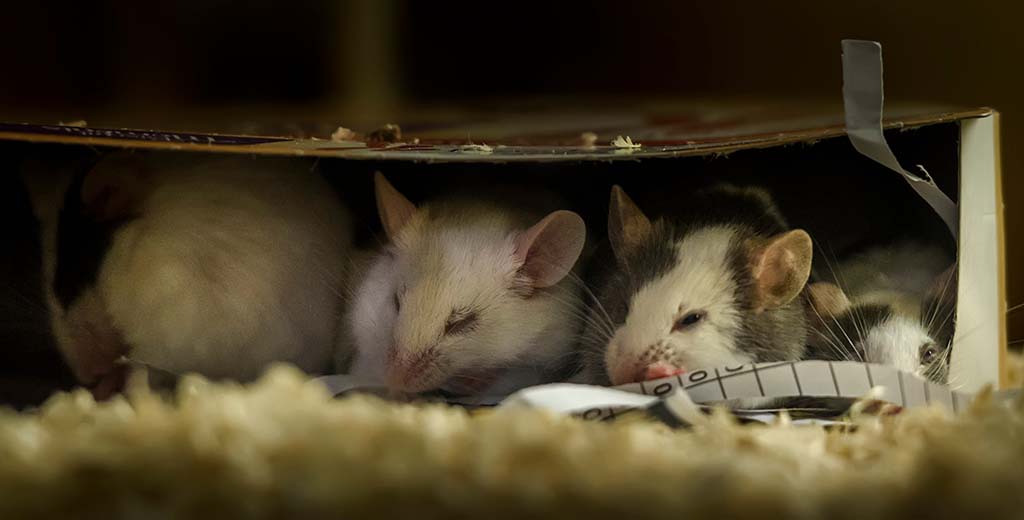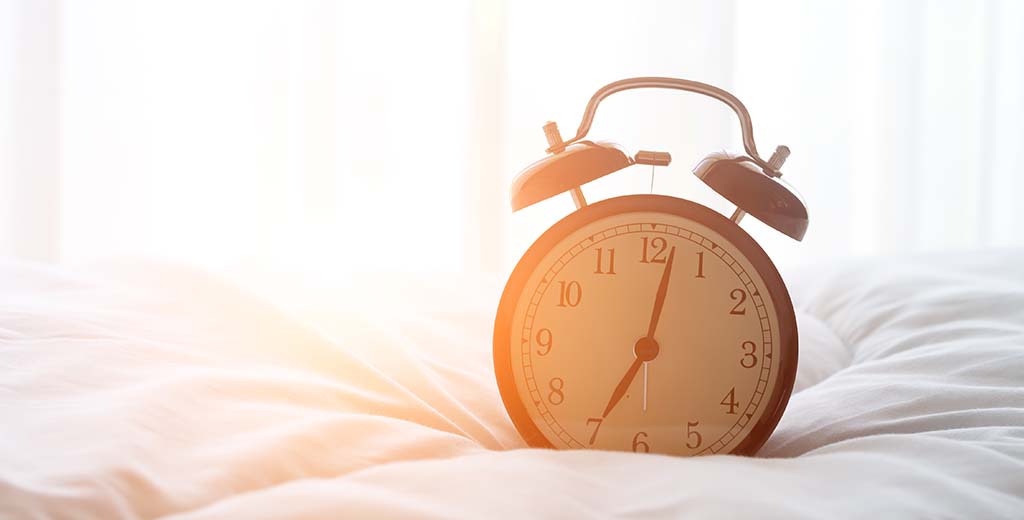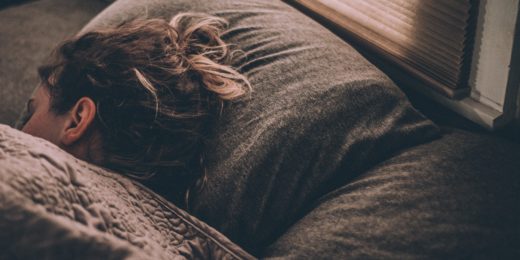Many a teenager has been admonished for staying up too late before a big exam. And for good reason: Sleep is well-known to aid memory and learning. But what if sleep in adolescence also held long-term consequences in social behavior? New research by Stanford Medicine investigators shows that, in mice at least, poor sleep as "teenagers" can lead to lower interest in new social interactions as adults.
Not only do these results hint at similar implications for human sleep, but they could also help explain why sleep problems are so common in neurodevelopmental disorders like autism and schizophrenia, which also exhibit social deficits, said Wen-Jie Bian, PhD, a postdoctoral scholar in the lab of Luis de Lecea, PhD, professor of psychiatry and behavioral sciences. Bian is first author of the study recently published in Nature Neuroscience.
When researchers disturbed the sleep of adolescent mice for just five days, the mice showed distinctive changes in social behavior as young adults. They still preferred interacting with another mouse to being alone -- suggesting their sociability was intact.
But they showed less interest in making further new acquaintances -- a decrease in what researchers call social novelty preference. The researchers traced the effect to a part of the brain called the ventral tegmental area, or VTA, which contains dopamine-releasing neurons that are involved in reward-seeking behavior.
From mice to men?
At first glance, the sleep patterns of small nocturnal rodents might not reveal much about the sleep patterns of diurnal humans, but Bian says there are useful parallels. Mice and humans both cycle through two main types of sleep: non-REM and REM sleep.
Unlike humans, mice snooze for about 12 hours a day, and their sleep is condensed into cycles of several minutes to an hour long. Yet the patterns of brain activity during each sleep cycle and the neural pathways controlling sleep and awake states resemble that of human's longer sleep periods.
"The underlying neural circuits and the chemicals that the mouse brain uses to regulate sleep are basically identical to that of sleeping humans," said Bian.
Unlike human sleep studies, which generally rely on correlations between behavior and sleep time, mouse studies offer the opportunity to uncover mechanistic links. In the new study, Bian and colleagues were able to peer into the brain activity of mice with implanted electroencephalogram electrodes and fiber photometry, tools that can pinpoint areas of the brain involved in specific behaviors. They also tested sleep interventions on a mouse model of autism.
Snooze now, schmooze later
To begin, the scientists first needed sleepy mice. They put adolescent mice (35 to 42 days old) on a platform programmed to randomly shake for four hours during the early hours of daylight, when mice are most likely to sleep. Four hours of sleep deprivation won't overly stress the mice, said Bian -- it's roughly equivalent to a human teen getting by on five or six hours of a sleep a night.
After five consecutive days of disrupted sleep, the mice were allowed to return to their natural sleep schedule for at least two weeks.
When the mice reached young adulthood (56 days old), the researchers observed their social behavior through a simple test: In a setup with three "rooms," a mouse was placed in the middle room, with one adjacent room containing a mouse they did not know and the other empty. Both normal and sleep-deprived mice preferred to spend time in the room with the other mouse.

When a second unknown mouse was introduced into the empty room, normal mice gravitated towards novelty, spending about twice as much time with the newcomer as with the familiar mouse. Sleep-deprived mice, however, were ambivalent, spending about the same time with the newcomer as with the familiar mouse.
This difference was still apparent when the mice were tested a month later, and Bian suspects these changes, once triggered during adolescence, are irreversible.
"Adolescence is a very important transition period between childhood and adulthood, so it's a developmental stage when most neural circuits undergo significant refinement and modifications," he said. "During adolescence, the neural circuits, including those involved in social behavior, are more vulnerable than in adulthood and more likely to be affected by changes such as sleep disruption."
When adult mice were subjected to the same sleep disturbance, their social novelty preference was unchanged.
Sleep to the rescue
The researchers located the effects of sleep disturbance to the VTA, a part of the brain that releases the feel-good neurotransmitter dopamine. The VTA is active during wakefulness and inactive during sleep. In mice, sleep deprivation during adolescence meant more wakefulness, and more VTA activity, which led to permanent structural changes in brain regions receiving those signals, according to the researchers.
In normal mice, the VTA releases dopamine during novel social interactions. In contrast, mice whose sleep was disrupted in adolescence experienced no boost in dopamine, and thus less pleasure, from social novelty.
The researchers also looked at a mouse model with an autism-associated mutation. These mice sleep less and show deficits in social novelty preference. Could improving sleep in these adolescent mice restore normal social behavior?
The researchers tried various ways to normalize sleep, from sleep-enhancing drugs to optogenetics, which uses light to activate certain parts of the brain. After just five days of better sleep during adolescence, these mice showed normal social novelty preference in adulthood. This raises the prospect, though still distant, that improving sleep could help teens with autism develop better social behaviors, said Bian.
More secrets of sleep
For Bian, a remaining mystery is why sociability generally was not affected by adolescent sleep. None of the mice preferred being alone.
Sleep-deprived mice were simply less excited by new acquaintances. "I was surprised that the effect we found was so specific to social novelty preference," said Bian. "And I think that's because different developmental stages may be differentially important in shaping different aspects of social behavior."
One hypothesis is that sociability is set during an even earlier stage of development -- "childhood." Next, Bian hopes to study the role of sleep in even younger mice.
Does the new study subtly tilt the balance between nature and nurture in shaping our personality traits? Is it more reason for teens to resist bedtime procrastination? Bian says the new findings offer "suggestive evidence" that a similar link between adolescent sleep and preference for new social interactions exists in humans. "I would think that it is also true in humans on some level," he said. "But we don't know for sure."
Top image by freebird7977.






